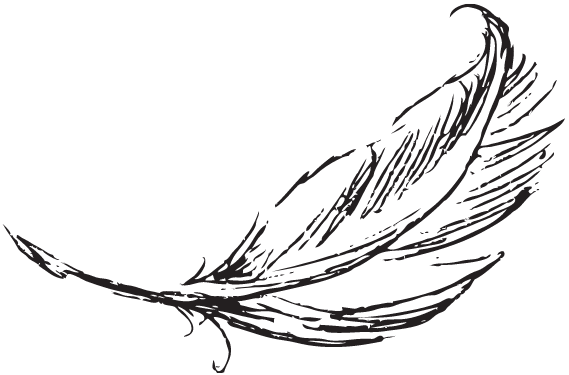
Once while in line at the grocery store, I received my favorite kind of advice from a stranger - the morbidly unsolicited. I was just grabbing some necessities; peppers, vinegar, pins, beef tongue, candles -- you know, the basics. Well, this stranger leans over conspiratorily and tells me, "You know, you should always keep an academic book handy, in case you were to suddenly die. That way people will think you were really smart or something."
Now, beyond that being completely unasked for (and mildly threatening, if we're being honest) that little bit of advice actually stuck with me over the years. It hasn't stopped me reading trashy romance novels or pulp sci-fi comics (I know what I'm about) but sometimes I check out a book from our excellent library district and think to myself, "Now this, this is a book to mention in a eulogy."
I'm not saying that the following list is something you would want your family members remembering you for at your funeral, but they are the kind of books that will raise a few eyebrows. The list includes various titles related to the taboo, the verboten, the quixotic... or perhaps they simply have a provocative title. At the very least, when a stranger on the bus leans over in an attempt to be unseemly sociable and asks you what you're reading, you can now enjoy their look of sheer consternation when you inform them of your choice. However, I must warn you that you'll need to have an answer ready for the unavoidable question of, "You read what?"
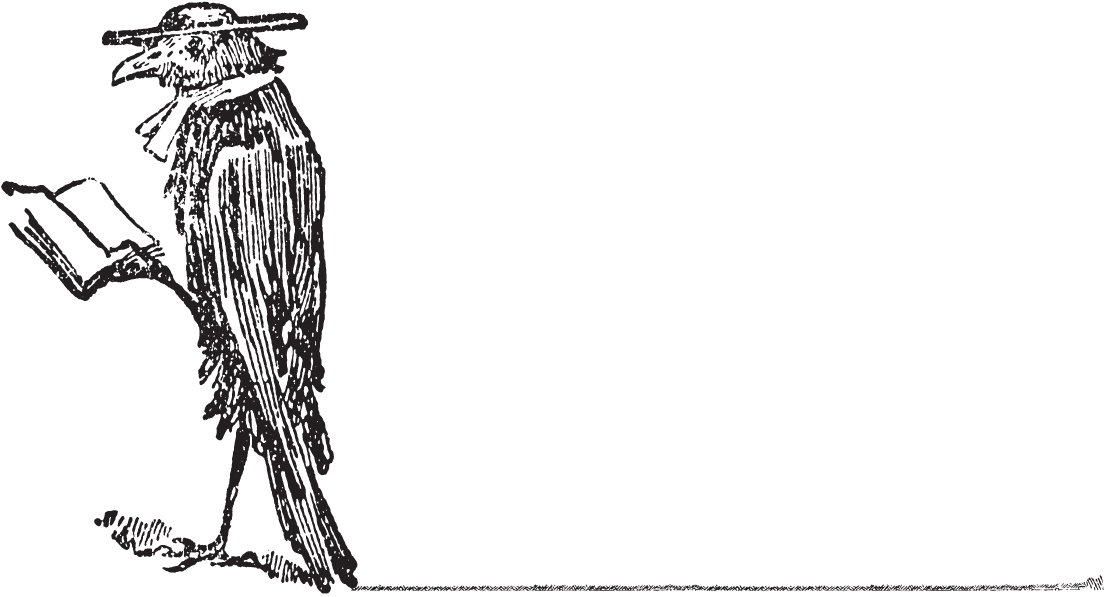
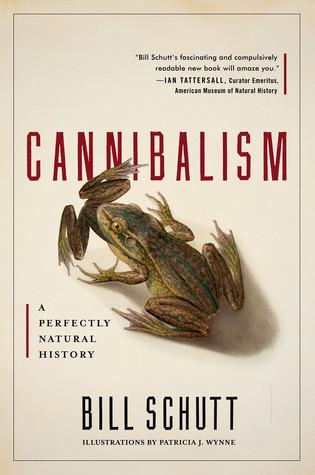
For centuries scientists have written off cannibalism as a bizarre phenomenon with little biological significance.
In Cannibalism, zoologist Bill Schutt sets the record straight, debunking common myths and investigating our new understanding of cannibalism's role in biology, anthropology, and history in the most fascinating account yet written on this complex topic. Schutt takes readers from Arizona's Chiricahua Mountains, where he wades through ponds full of tadpoles devouring their siblings, to the Sierra Nevadas, where he joins researchers who are shedding new light on what happened to the Donner Party--the most infamous episode of cannibalism in American history. He even meets with an expert on the preparation and consumption of human placenta (and, yes, it goes well with Chianti). Cannibalism places a perfectly natural occurrence into a vital new context and invites us to explore why it both enthralls and repels us.
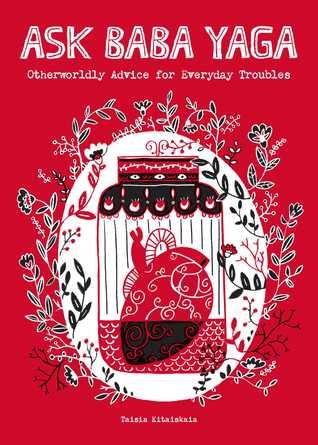
In age-old Slavic fairy tales, the witch Baba Yaga is sought out by those with a burning need for guidance. In contemporary life, Baba Yaga--a dangerous, slippery oracle--answered earnest questions on The Hairpin for years. These pages collect her most poignant, surreal, and humorous exchanges along with all-new questions and answers for those seeking her mystical advice.
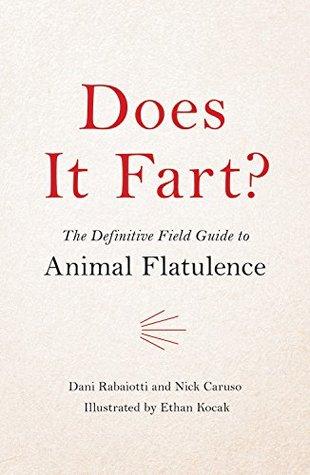
Dogs do it. Millipedes do it. Dinosaurs did it. You do it: I do it. Octopuses don't (and nor do octopi). Spiders might do it: more research is needed. Birds don't do it, but they could if they wanted to. Herrings do it to communicate with each other.
At the beginning of 2017, an innocent question on twitter about snakes formed the hashtag #doesitfart and spread pungently across the internet - and major newspapers - as dozens of experts weighed in on which animals do and don't fart, and if they do, how much, how often, what it's made of, what it smells like, and what it's for.
Does it Fart? is the result: the fully authoritative, fully illustrated guide to animal flatulence, covering the habits of 80 animals in more detail than you ever knew you needed.
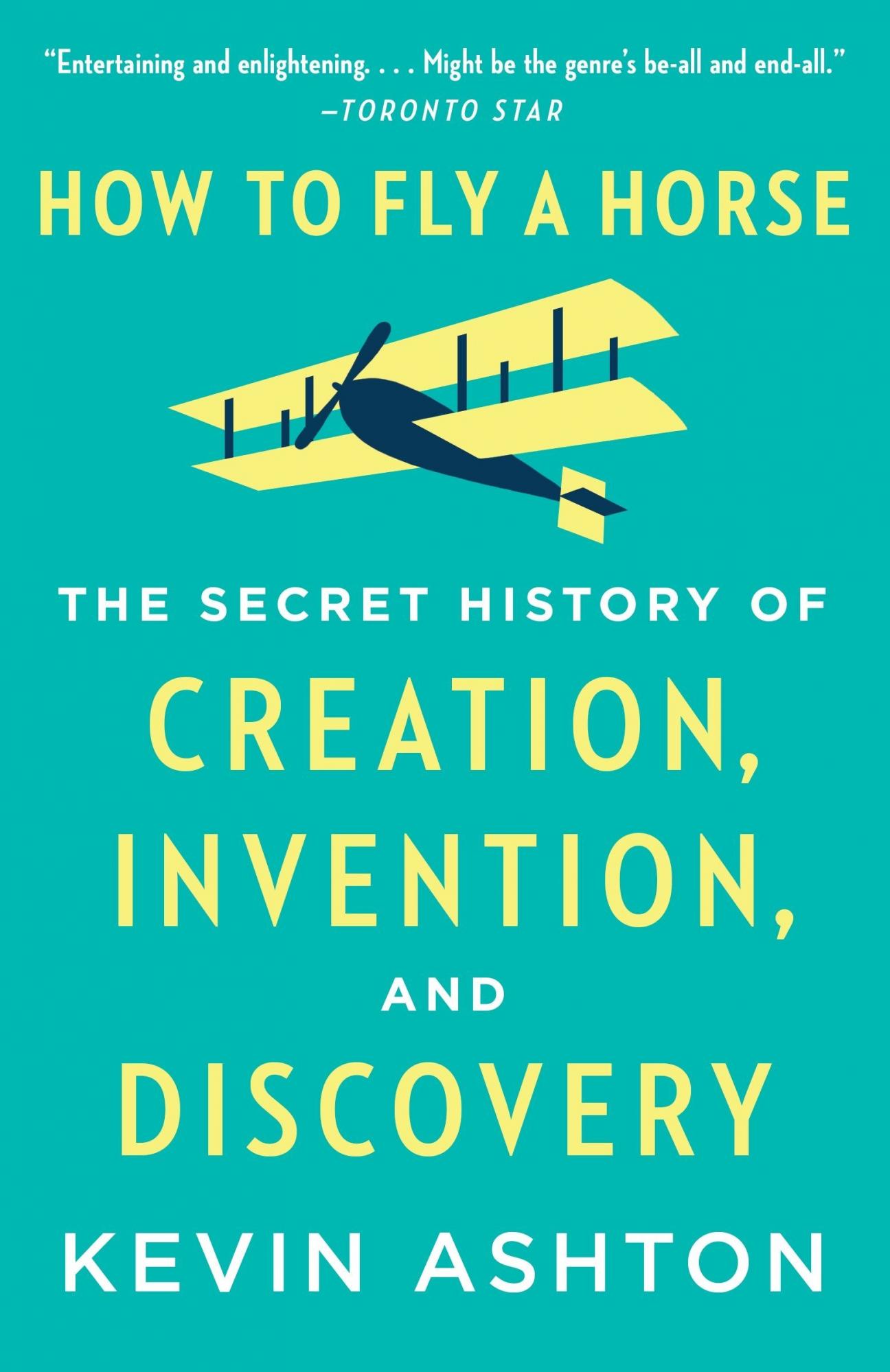
As a technology pioneer at MIT and as the leader of three successful start-ups, Kevin Ashton experienced firsthand the all-consuming challenge of creating something new. Now, in a tour-de-force narrative twenty years in the making, Ashton leads us on a journey through humanity’s greatest creations to uncover the surprising truth behind who creates and how they do it. From the crystallographer’s laboratory where the secrets of DNA were first revealed by a long forgotten woman, to the electromagnetic chamber where the stealth bomber was born on a twenty-five-cent bet, to the Ohio bicycle shop where the Wright brothers set out to “fly a horse,” Ashton showcases the seemingly unremarkable individuals, gradual steps, multiple failures, and countless ordinary and usually uncredited acts that lead to our most astounding breakthroughs.
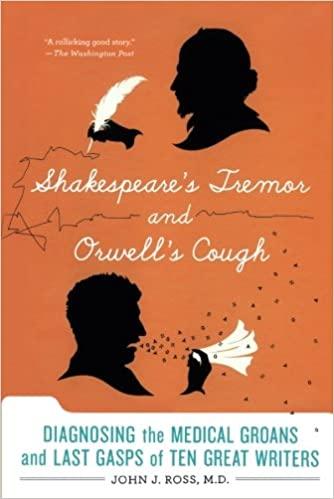
The Bard meets House, M.D. in this fascinating untold story of the impact of disease on the lives and works of some the finest writers in the English language. In Shakespeare's Tremor and Orwell's Cough, John Ross cheerfully debunks old biographical myths and suggests fresh diagnoses for these writers' real-life medical mysteries. The author takes us way back, when leeches were used for bleeding and cupping was a common method of cure, to a time before vaccinations, sterilized scalpels, or real drug regimens. With a healthy dose of gross descriptions and a deep love for the literary output of these ten greats, Ross is the doctor these writers should have had in their time of need.
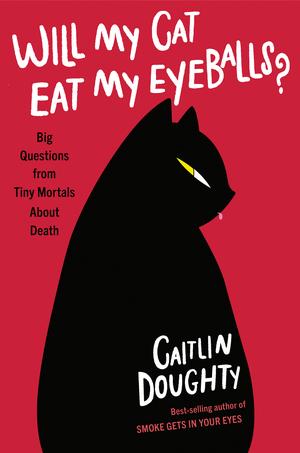
In Will My Cat Eat My Eyeballs?, Doughty blends her mortician’s knowledge of the body and the intriguing history behind common misconceptions about corpses to offer factual, hilarious, and candid answers to thirty-five distinctive questions posed by her youngest fans. In her inimitable voice, Doughty details lore and science of what happens to, and inside, our bodies after we die.
Beautifully illustrated by Dianné Ruz, Will My Cat Eat My Eyeballs? shows us that death is science and art, and only by asking questions can we begin to embrace it.
Find something intriguing, something to whet your fancy or tickle your appetite? I certainly hope so. We wouldn't want you to be caught dead without a unique book.
Join me next month for another installment of "You Read What?" where we'll explore the topic of indelible edibles and the unique titles our collection has to offer.
